Ready to proof -- Clare 01/10/23
CB proofed 1/13 - clean except for video, working on an update for that
KJ proofed on 1/13. One comment/question for Clare on Figure 3. Other than that no changes. Let's wait for the video to be in place before sending the link to the author.
CLJ revised Figure 3 on 1/13
Cleaning Up the Coatings Industry with New
Anti-Microbial Technology
frentusha, iStock / Getty Images Plus, via Getty Images
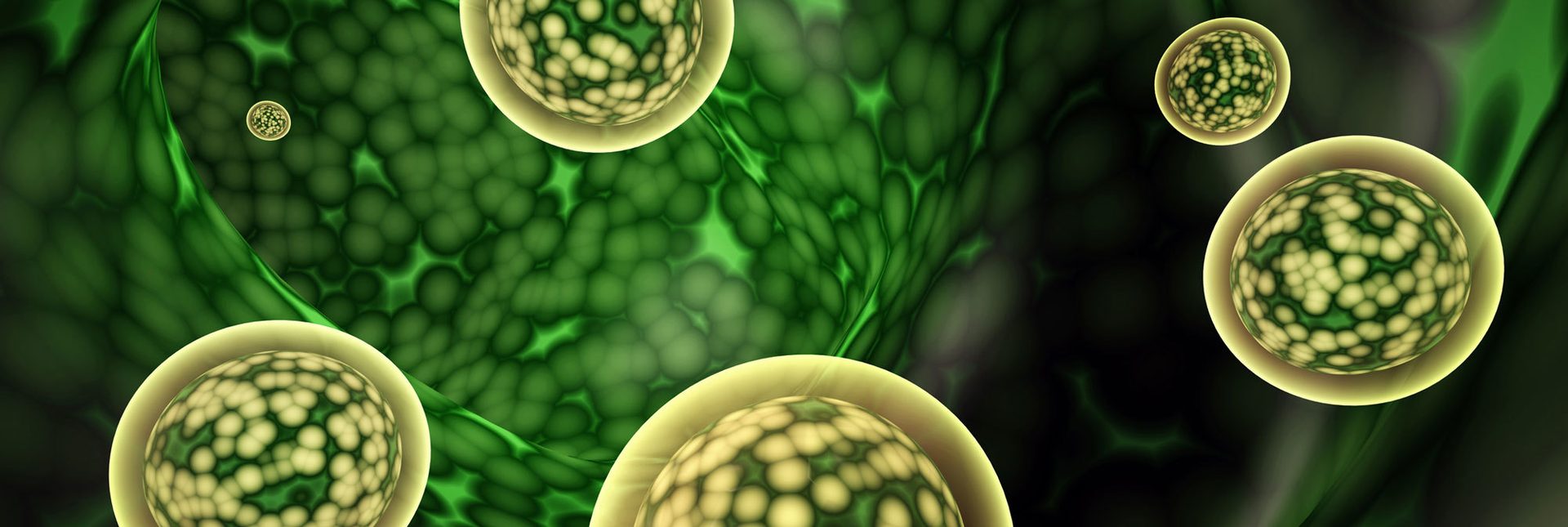


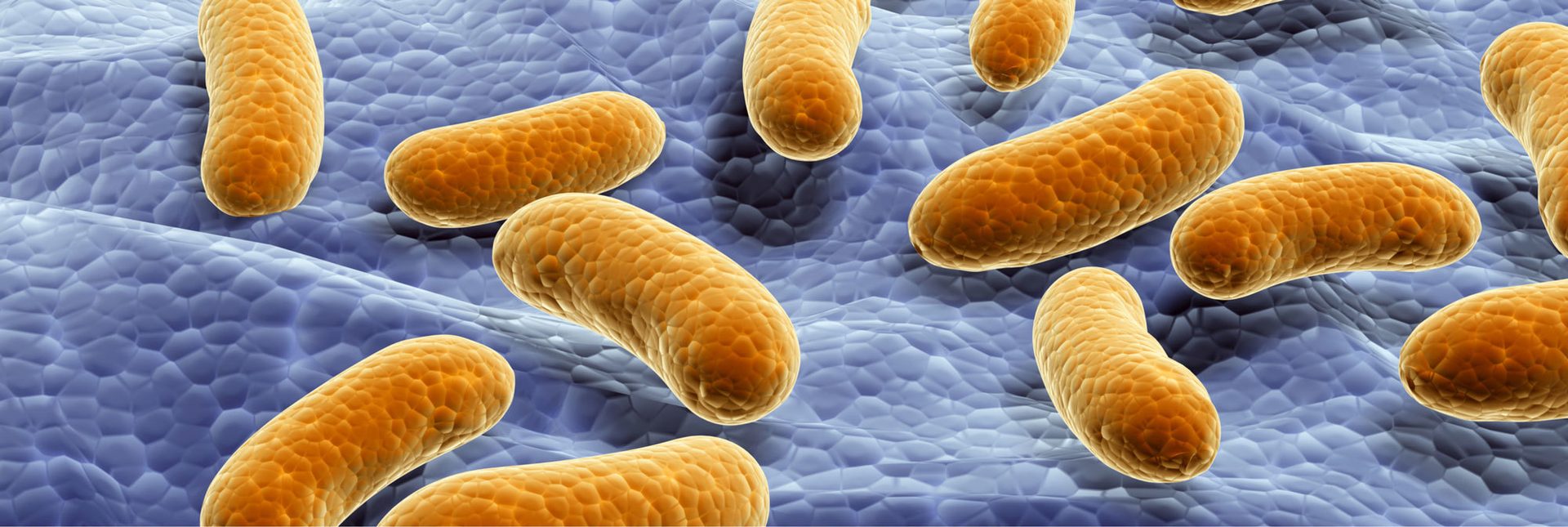
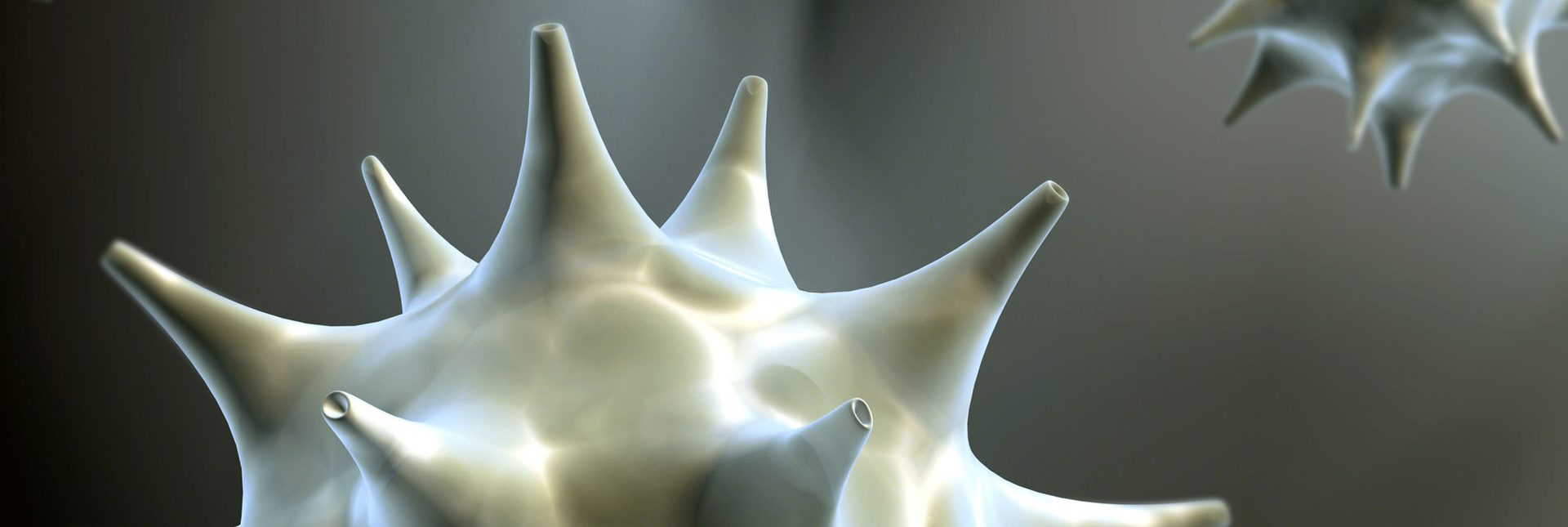
By James Rapley, Product Development Engineer, Microban International, Huntersville, North Carolina
Public awareness surrounding cleanliness has grown rapidly over the last few years, and in our increasingly microbe-focused society, it’s more important than ever for coatings manufacturers to ensure they are doing all they can to help tackle microbial contamination and put their customers’ minds at rest.
As well as providing assurance, controlling the growth of harmful microbes also has a significant effect on product lifetime and sustainability. How often is something thrown away because it no longer works or looks as it did originally? Frequently, belongings degrade not because of normal wear and tear, but because of microbes. Bacteria and fungi generate unsavory odors and unsightly stains, and may even break down the surface of an item if not kept in check. For products frequently exposed to moist and humid surroundings, the problem of irreversible damage can be much worse. Deterioration caused by microorganisms therefore discourages item reuse and leads to higher volumes of waste going to landfill, which has negative repercussions on the environment.
The Uphill Battle Against Surface Bacteria
Unfortunately, even regular surface cleaning with standard disinfectants is not enough to eradicate the microorganisms that cause premature degradation in the long term, as microbes can proliferate exponentially within a matter of minutes on an unprotected surface. What’s more, harsh cleaning chemicals can accelerate the disintegration of coatings even further. This makes built-in anti-microbial chemistries ideal, as incorporating these technologies into the very makeup of the coating provides long-lasting surface protection, even between cleanings.
Despite the benefits, adding anti-microbials into water-based coatings during manufacture also has several challenges. Historically, anti-microbial additives have been hard to incorporate and can cause aggregation and sedimentation during the mixing and dispersing process. This causes clouding and discoloration, rendering these formulations unsuitable for applications requiring completely transparent coatings, and making end products less visually attractive to consumers. Additionally, existing anti-microbials for water-based coatings tend to be unstable in UV light, making them inappropriate for outdoor uses and shortening their usable lifetime. Therefore, there is clearly a great need for highly effective built-in anti-microbials for water-based coatings that are easy to incorporate and that do not produce unwanted side effects.
A Fresh Solution for Water-Based Coatings
Microban has developed a new anti-microbial innovation for water-based coatings, LapisShield™. This novel technology offers sustainable solutions for deterring microbial growth, and it has been specifically designed to meet the needs of the coatings industry. It harnesses the power of sodium pyrithione, which works by disrupting a microbial cell’s internal enzymes, blocking its metabolic pathways, and creating an inhospitable environment where it cannot proliferate (Figure 1). The additive is completely free from heavy metals, giving it a more favorable regulatory status, and providing an alternative to the anti-microbials based on heavy metals.
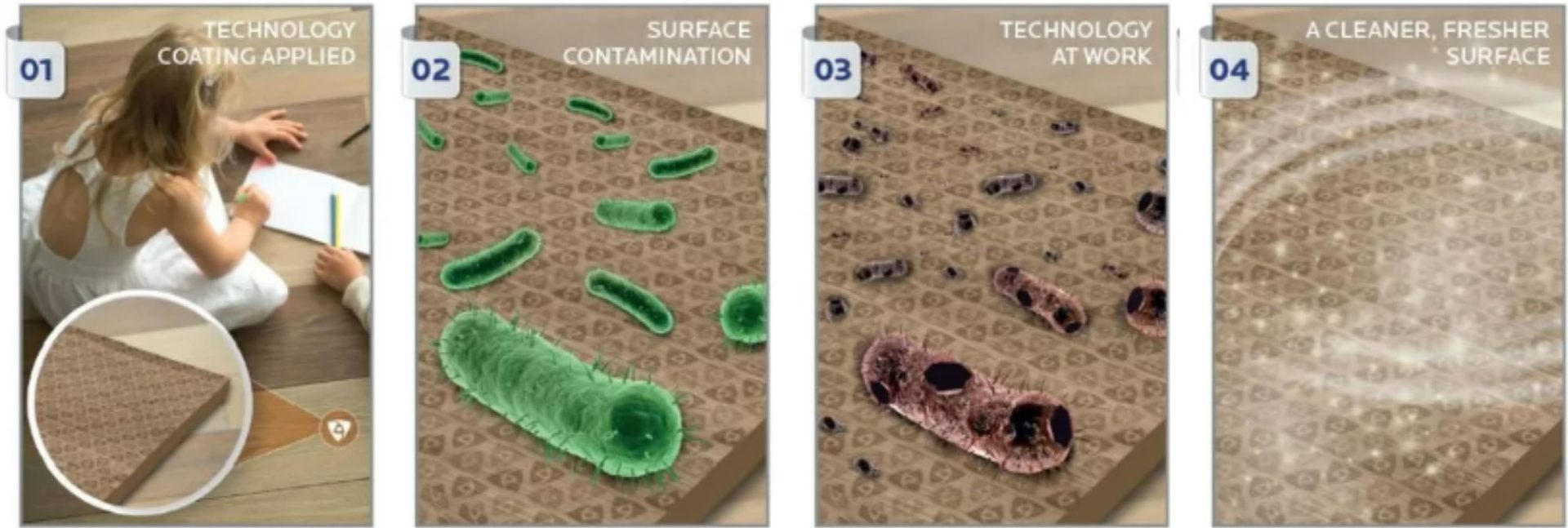
FIGURE 1 ǀ An illustration showing how LapisShield works to control microbial growth around the clock.
The product addresses problems that manufacturers face when incorporating anti-microbials into their coatings, and has advantages over traditional technologies. In regards to anti-bacterial and anti-fungal efficacy, the product inhibits bacterial growth by up to 99.99%, preventing mold and mildew growth on treated surfaces for the lifetime of the coating. Polyurethane and acrylic coatings containing the product have been tested for both Gram-negative (E. coli) and Gram-positive (Staphylococcus spp.) bacteria, and results showed that the untreated materials were unable to exceed the desired >2 log reduction (Figure 2). LapisShield also remains constantly active in the coating, working around the clock to inhibit microbial growth even between cleans.
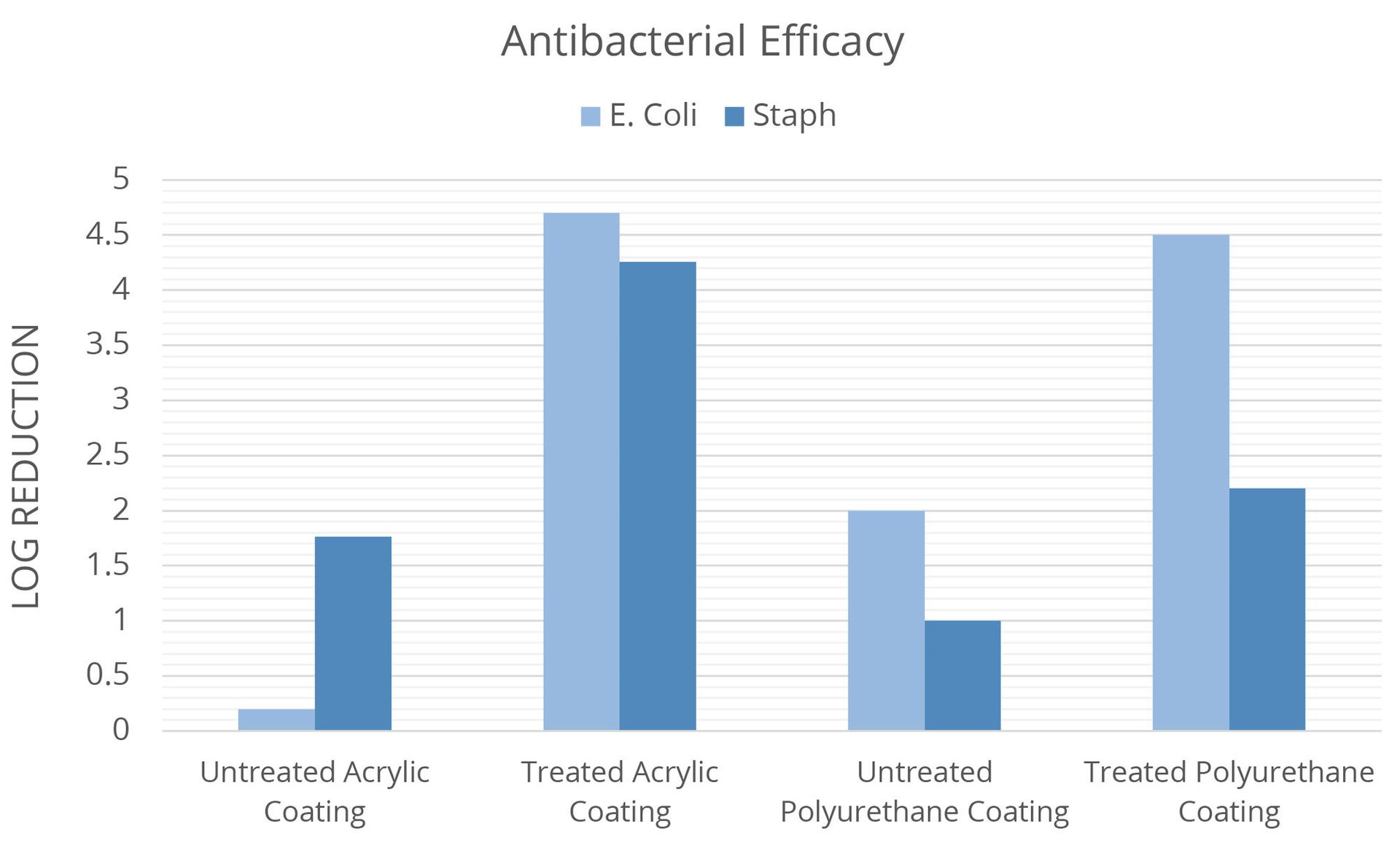
FIGURE 2 ǀ Comparing the anti-microbial performance of polyurethane and acrylic coatings treated with LapisShield with untreated coatings.
When adding traditional anti-microbials to water-based coatings, there is often an unavoidable negative impact on aesthetics, as dispersions can affect clarity or induce speckling. This may drive up scrap rates and make production prohibitively costly. A product that is clear and UV stable has minimal optical impact on the appearance of end products in comparison to other anti-microbials, which typically cause yellowing or other unwanted visual defects (Figure 3). An additive that remains clear after drying and avoids speckling, due to its water solubility, makes it ideal for integration into transparent and thin water-based coatings, as well as those applied to outdoor surfaces.
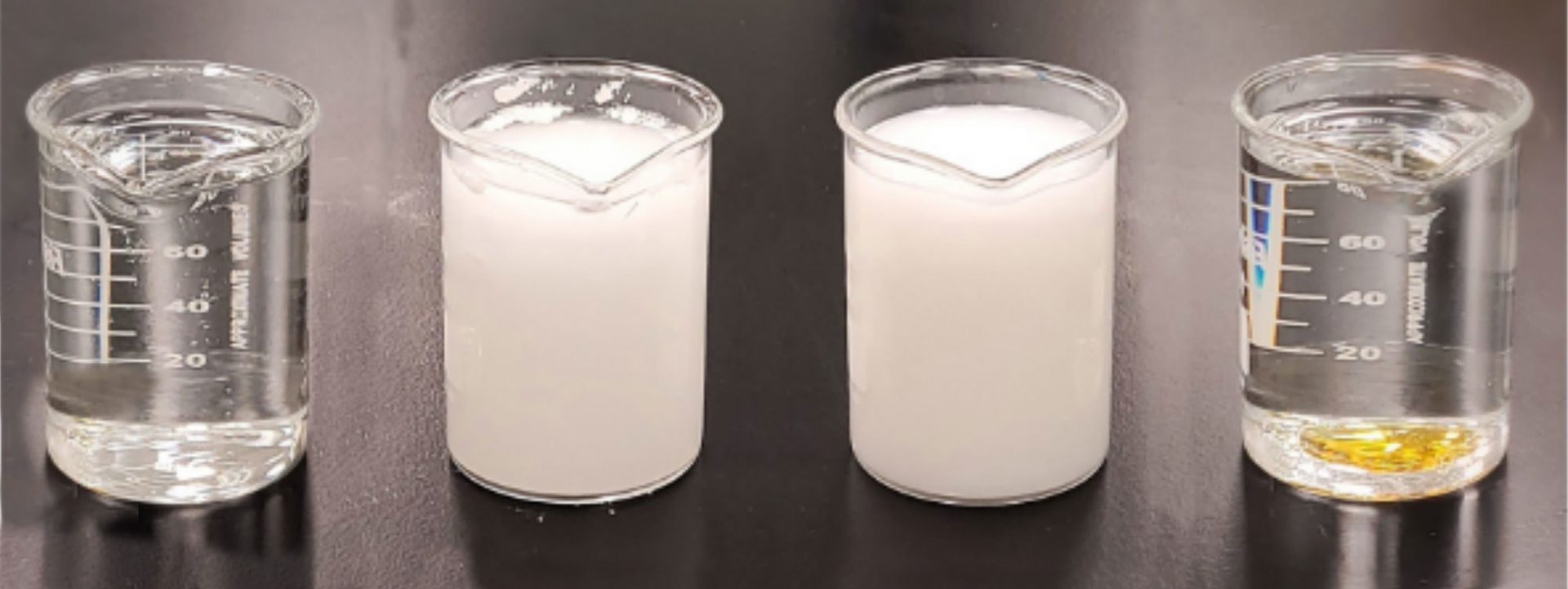
FIGURE 3 ǀ LapisShield has minimal optical impact on the appearance of end products in comparison to other anti-microbials, which can cause yellowing, speckling or clouding.
The chemistry is designed to seamlessly integrate into any water-based coating formulation, including anti-fingerprint and anti-smudge formulations, as it is easy to incorporate, mix, and disperse. Improper mixing often leads to clumping, non-uniformity, and coating defects that influence yield. Standard coating processes such as spraying, roll-to-roll, dip, and others can be used to apply the final treated coating to a range of surfaces, including wood, metal, polymers, and glass (See Images 1-4).
Treated acrylic coating on aluminum.
Untreated acrylic coating on aluminum.

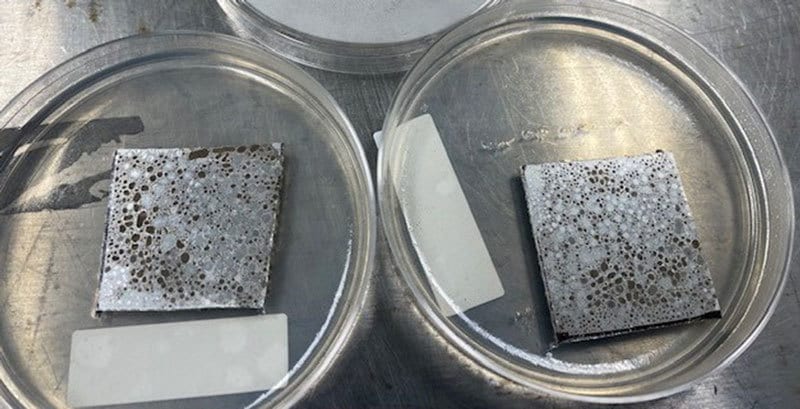
Treated PU coating on wood.
Untreated PU coating on wood.
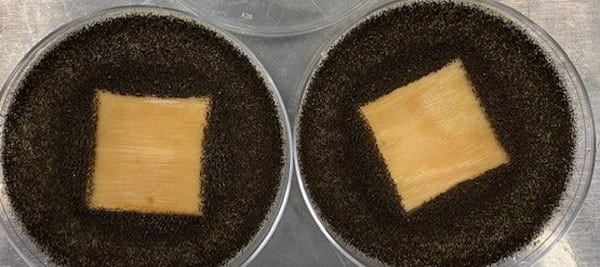
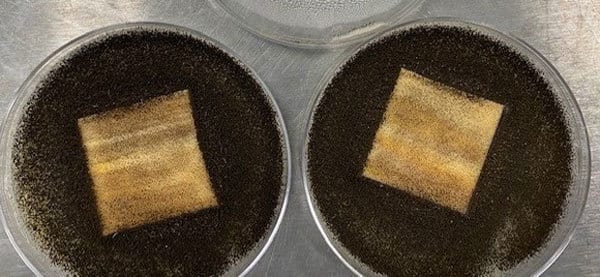
These capabilities go a long way towards improving the overall manufacturability of anti-microbial coatings, and minimizing their impact on product yields. Coating batches treated with LapisShield can also easily be stored for future use, and repeatedly opened without reducing coating pot life or causing permanent settling. This prevents unnecessary waste and optimizes resource use for more environmentally friendly coatings manufacturing.
A More Sustainable Future
This versatile technology is already registered with the U.S. Environmental Protection Agency and the EU Biocidal Products Regulation, making it available for coatings manufacturers operating in numerous markets across the world. LapisShield makes the large-scale, high-throughput, cost-efficient production of anti-microbial water-based coatings accessible to a wide range of sectors. It offers long-lasting and effective protection against the detrimental effects of microbes for a whole host of goods, without compromising on aesthetics, functionality, or shelf-life during storage. This chemistry holds much promise for extending the lifetime of water-based coatings and coated products, consequently promoting reusability, contributing to waste reduction, and supporting crucial sustainability goals.